
Louis Braille was a French educator and the inventor of a reading and writing system, named braille after him, intended for use by visually impaired people. His system is used worldwide and remains virtually unchanged to this day.
Perkins School for the Blind, in Watertown, Massachusetts, was founded in 1829 and is the oldest school for the blind in the United States. It has also been known as the Perkins Institution for the Blind.

The subject of blindness and education has included evolving approaches and public perceptions of how best to address the special needs of blind students. The practice of institutionalizing the blind in asylums has a history extending back over a thousand years, but it was not until the 18th century that authorities created schools for them where blind children, particularly those more privileged, were usually educated in such specialized settings. These institutions provided simple vocational and adaptive training, as well as grounding in academic subjects offered through alternative formats. Literature, for example, was being made available to blind students by way of embossed Roman letters.

The Perkins Brailler is a "braille typewriter" with a key corresponding to each of the six dots of the braille code, a space key, a backspace key, and a line space key. Like a manual typewriter, it has two side knobs to advance paper through the machine and a carriage return lever above the keys. The rollers that hold and advance the paper have grooves designed to avoid crushing the raised dots the brailler creates.
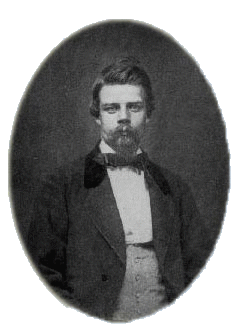
William Bell Wait (1839–1916) was a teacher in the New York Institute for the Education of the Blind who invented New York Point, a system of writing for the blind that was adopted widely in the United States before the braille system was universally adopted there. Wait also applied the New York Point principles to adapt them for use in over 20 languages, created a form of New York Point to notate music, and invented a number of devices to better type and print embossed material for the visually impaired.
Education in Missouri is provided by both public and private schools, colleges, and universities, and a variety of public library systems. All public education in the state is governed by the Missouri State Board of Education, which is made up of eight citizens appointed by the Governor of Missouri and confirmed by the Missouri Senate.

The slate and stylus are tools used by blind people to write text that they can read without assistance. Invented by Charles Barbier as the tool for writing letters that could be read by touch, the slate and stylus allow for a quick, easy, convenient and constant method of making embossed printing for Braille character encoding. Prior methods of making raised printing for the blind required a movable type printing press.
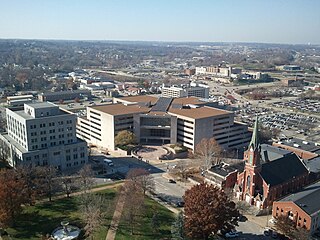
The Missouri Department of Elementary and Secondary Education (DESE) is the administrative arm of the Missouri State Board of Education that works with school officials, legislators, government agencies, community leaders, and citizens to maintain a strong public education system. Through its statewide school-improvement initiatives and its regulatory functions, the department strives to ensure all citizens have access to high-quality public education. In addition to the commissioner of education, the department organization reflects functions under two divisions; Financial and Administrative Services and Learning Services.
The Waynesville R-VI Reorganized School District is a school district in the Missouri Ozarks and the largest school district in Pulaski County. The school district current provides education services to the communities of Fort Leonard Wood, St. Robert, and almost all of Waynesville.

The American Printing House for the Blind (APH) is an American non-for-profit corporation in Louisville, Kentucky, promoting independent living for people who are blind and visually impaired. For over 150 years APH has created unique products and services to support all aspects of daily life without sight.
A sighted child who is reading at a basic level should be able to understand common words and answer simple questions about the information presented. They should also have enough fluency to get through the material in a timely manner. Over the course of a child's education, these foundations are built on to teach higher levels of math, science, and comprehension skills. Children who are blind not only have the education disadvantage of not being able to see: they also miss out on the very fundamental parts of early and advanced education if not provided with the necessary tools.

Grand Boulevard is a major, seven to five-lane wide, north-south thoroughfare that runs through the center of St. Louis, Missouri. It runs north through Carondelet Park in the south portion of the city to the Mississippi River north of the McKinley Bridge, about midway between Forest Park and the Mississippi River. Neighborhoods that it runs through include Dutchtown, Tower Grove East, Tower Grove South, Compton Heights, Tiffany, Midtown, Jef-Vander-Lou, Fairground, and College Hill.

Education in Greater St. Louis is provided by more than two dozen public school districts, independent private schools, parochial schools, and several public library systems. Greater St. Louis also is home to more than thirty colleges and universities.
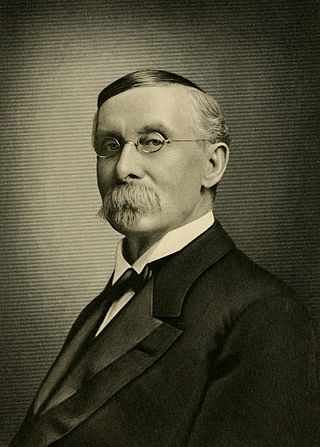
Frank Haven Hall was an American inventor and essayist who is credited with inventing the Hall braille writer and the stereographer machine. He also invented the first successful mechanical point writer and developed major functions of modern day typography with kerning and tracking.

The Special School for the Blind and Visually Impaired is located in Peja.
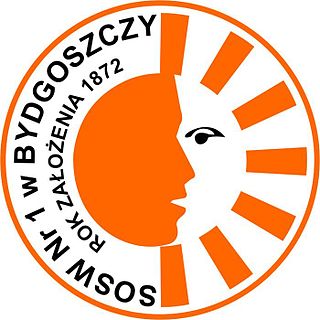
L. Braille Special educational centre for blind children is a specialized educational institution located at Krasinski street 10 in Bydgoszcz, Poland.

Simon Pollak was a St. Louis doctor who helped to found the Missouri Institute for the Education of the Blind in 1850 and who was involved in the development of the Western Sanitary Commission during the American Civil War. The Missouri Institute for the education of the Blind was the first institute to adopt the Braille System in the United States and the Western Sanitary Commission provided military camps with trained nurses, hospitals, and sanitary conditions.
The Illinois School for the Visually Impaired (ISVI), located in Jacksonville, Illinois, is a state-operated pre-kindergarten, elementary and high school for the blind and visually impaired. The school provides educational instruction and other resources for not only its school-aged students but also for persons up to age 21.
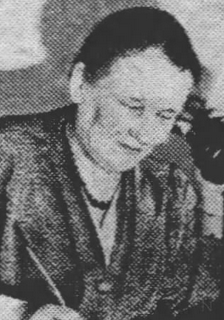
Lydia Young Hayes was an American educator, and the first director of the New Jersey Commission for the Blind.
















